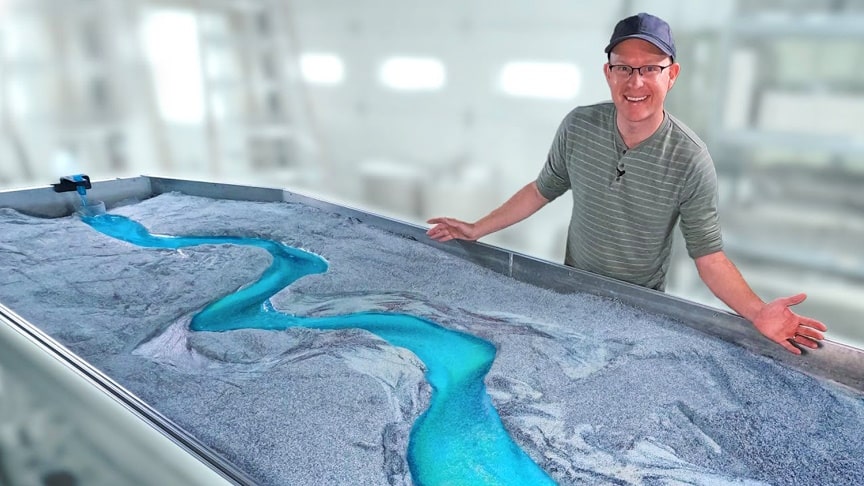In geography and geology, fluvial processes are associated with rivers and streams and the deposits and landforms created by them.Fluvial processes include the motion of sediment and erosion or deposition on the river bed.
source.image(PrtSc): Practical Engineering
The movement of water across the stream bed exerts a shear stress directly onto the bed. If the cohesive strength of the substrate is lower than the shear exerted, or the bed is composed of loose sediment which can be mobilized by such stresses, then the bed will be lowered purely by clearwater flow.
The morphology of a river channel is a function of a number of processes and environmental conditions, including the composition and erodibility of the bed and banks erosion comes from the power and consistency of the current, and can effect the formation of the river’s path.In addition, if the river carries significant quantities of sediment, this material can act as tools to enhance wear of the bed (abrasion).
Advertisement
At the same time the fragments themselves are ground down, becoming smaller and more rounded (attrition).A river is continually picking up and dropping solid particles of rock and soil from its bed throughout its length. Where the river flow is fast, more particles are picked up than dropped. Where the river flow is slow, more particles are dropped than picked up. Areas where more particles are dropped are called alluvial or flood plains, and the dropped particles are called alluvium.











